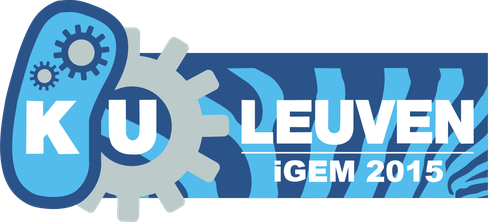NeoMineX
NeoMineX addressed industrial pollution and resource scarcity by engineering microbes to recover critical metals from wastewater streams. Integrating biosorption and selective metal binding, they created a sustainable system that supports the circular economy while minimizing environmental harm.
Team WikiYarrowCO
YarrowCo addressed pharmaceutical sustainability by engineering Yarrowia lipolytica to convert waste cooking oil into a steroid drug precursor. Combining metabolic engineering with community-driven oil collection, they created a circular system that links waste reduction to greener drug production.
Team WikiSenskill
Senskill addressed colorectal cancer by engineering a bacterial biosensor that detects disease-specific biomarkers and responds by producing a therapeutic compound. Using synthetic biology tools, they created a smart probiotic capable of both diagnosis and treatment within the gut, enabling a targeted and non-invasive therapeutic approach.
Team WikiBLADEN
BLADEN addressed climate-driven agricultural challenges by developing a semi-rational design approach for engineering GMO crops. Relying on sequence data and approximate protein models, they used Continuous Directed Evolution to accelerate plant adaptation beyond the limits of traditional breeding.
Team WikiOCYANO
Ocyano focused on sustainable enzyme production using cyanobacteria, aligning with UN Goal 12 on responsible consumption. They used freshwater strains as cell factories and marine strains with engineered phages to convert biomass into enzymes through photosynthetic biomanufacturing.
Team WikiHEKcite
HEKcite engineered Human Embryonic Kidney cells to mimic the pacemaker function of heart cells using three ion channels. These modified cells form an electrophysiological oscillator whose rhythm responds to biological effectors, enabling a novel biosensor platform for therapeutic drug monitoring.
Team WikiSpot E.shape
KU Leuven's 2015 iGEM team engineered E. coli to self-organize into visible patterns through cell-cell communication. Two cell types interacted via adhesion and motility, forming structured motifs on agar. A three-layer modeling framework supported the design, combining colony-level and intracellular dynamics.
Team Wiki






